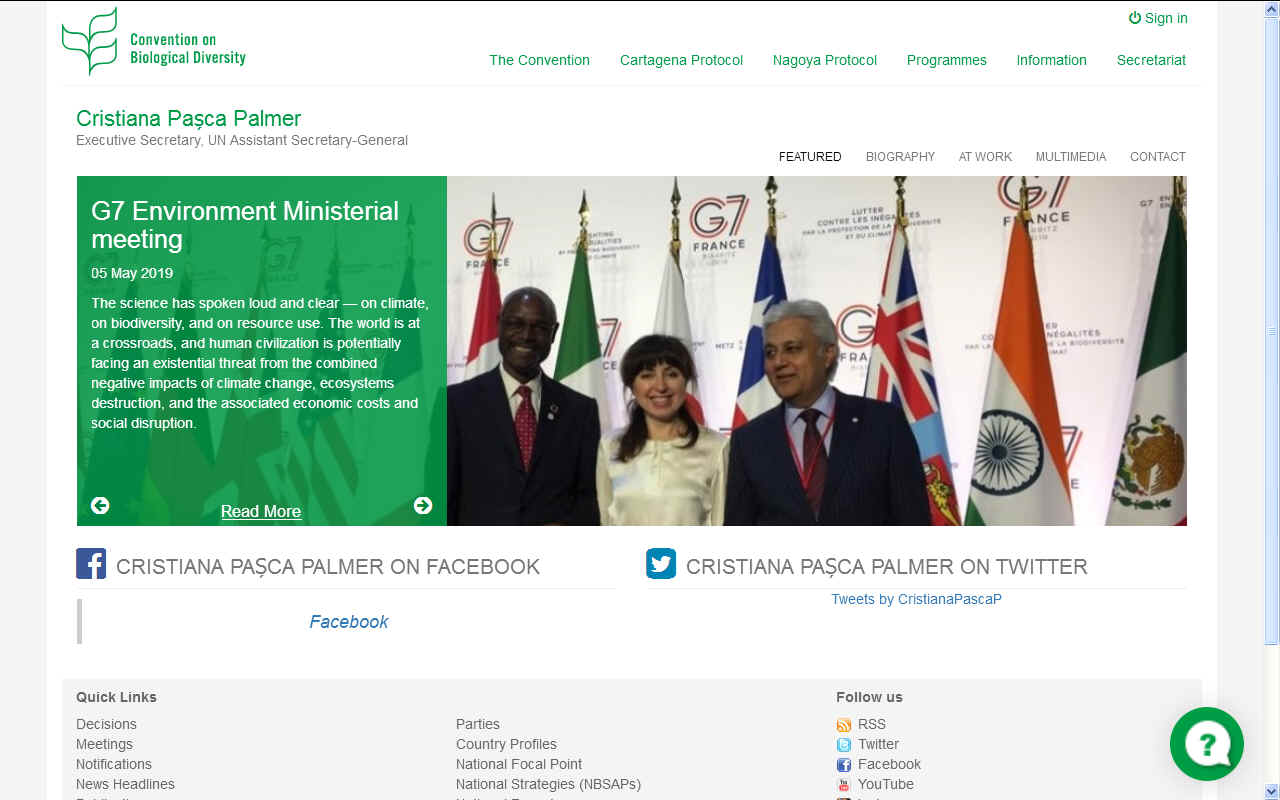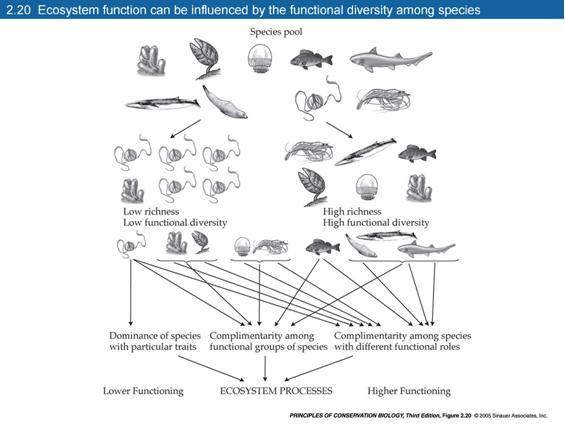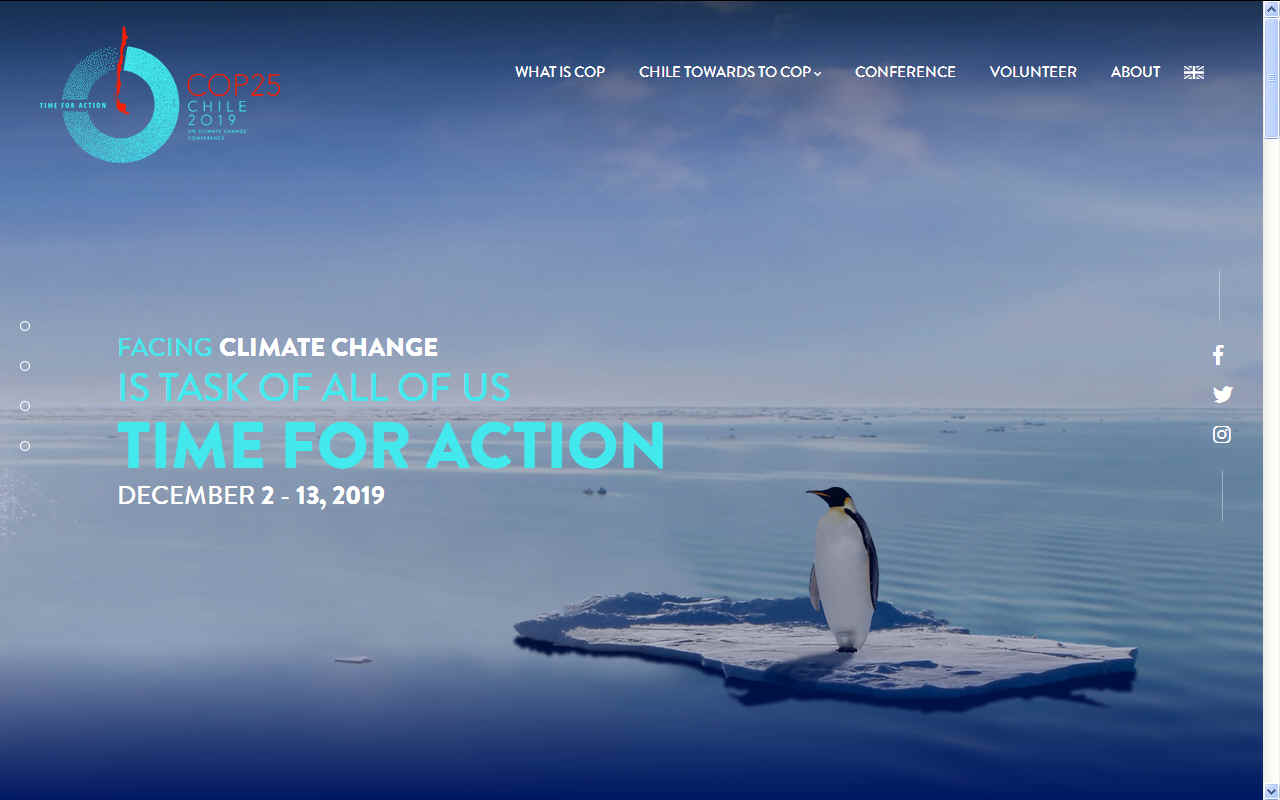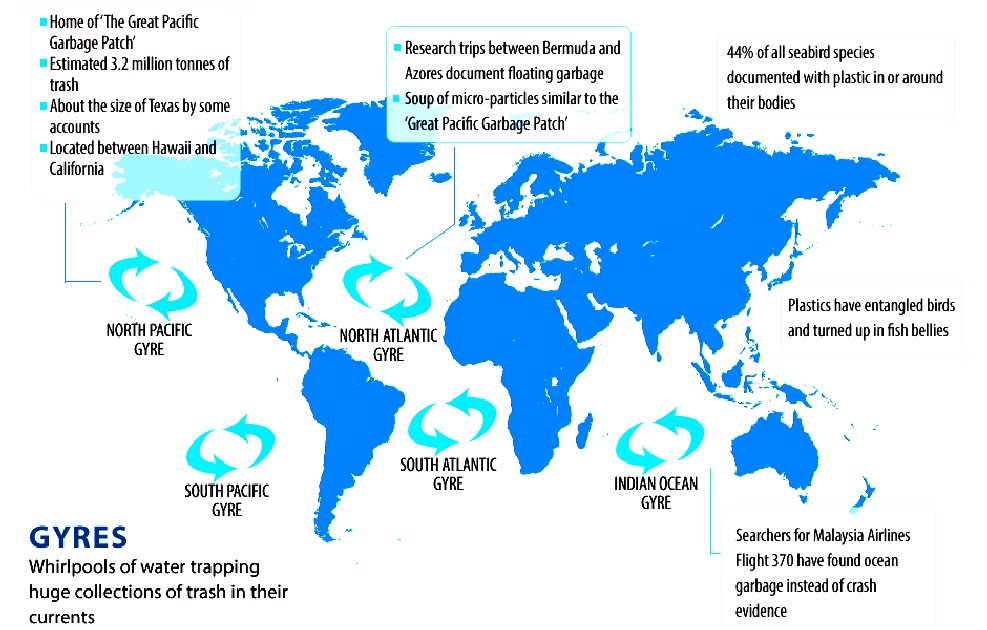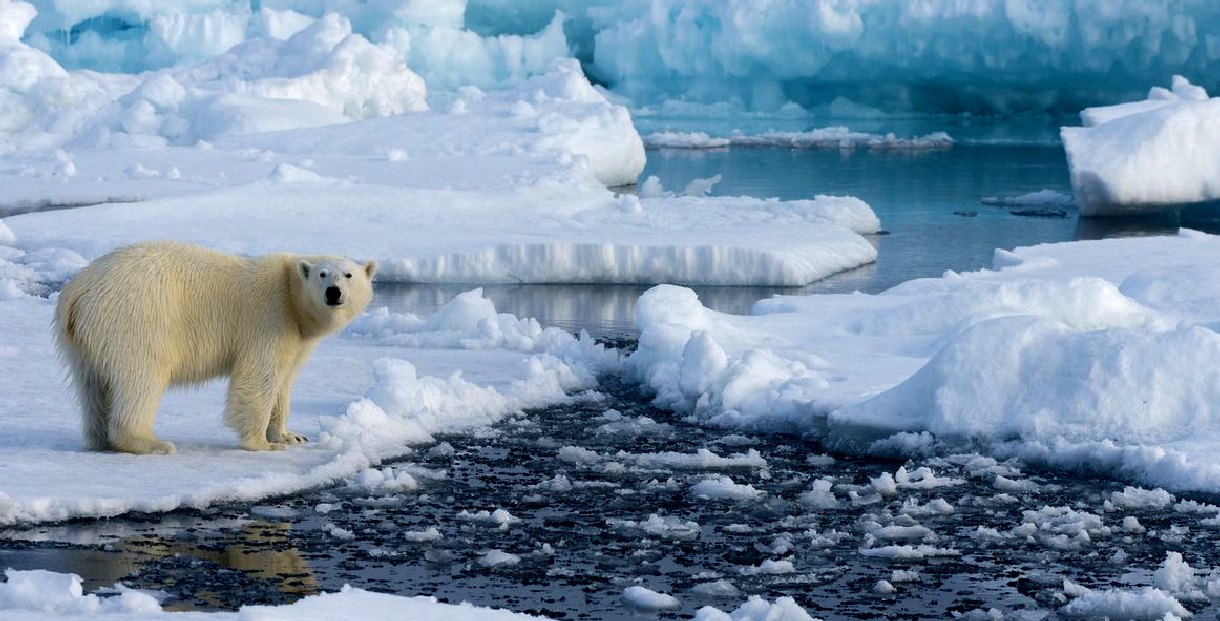|
CONVENTION ON BIOLOGICAL DIVERSITY PLEASE USE OUR A-Z INDEX TO NAVIGATE THIS SITE
The Convention on Biological Diversity (CBD), known informally as the Biodiversity Convention, is a multilateral treaty.
The Convention has three main goals including:
1. the conservation of biological diversity (or biodiversity); 2. the sustainable use of its components and; 3.
the fair and equitable sharing of benefits arising from genetic resources.
The Convention was opened for signature at the Earth Summit in Rio de Janeiro on 5 June 1992 and entered into force on 29 December 1993.
The CBD has two supplementary agreements, or protocols - (A) Cartagena Protocol and (B) Nagoya Protocol.
A. The Cartagena Protocol on Biosafety to the Convention on Biological Diversity is an international treaty governing the movements of living modified organisms (LMOs) resulting from modern biotechnology from one country to another.
It was adopted on 29 January 2000 as a supplementary agreement to the Convention on Biological Diversity and entered into force on 11 September 2003.
B. The Nagoya Protocol on Access to Genetic Resources and the Fair and Equitable Sharing of Benefits Arising from their Utilization (ABS) to the Convention on Biological Diversity is a supplementary agreement to the Convention on Biological Diversity.
It provides a transparent legal framework for the effective implementation of one of the three objectives of the CBD: the fair and equitable sharing of benefits arising out of the utilization of genetic resources.
The Nagoya Protocol on ABS was adopted on 29 October 2010 in Nagoya, Japan and entered into force on 12 October 2014, 90 days after the deposit of the fiftieth instrument of ratification.
Its objective is the fair and equitable sharing of benefits arising from the utilization of genetic resources, thereby contributing to the conservation and sustainable use of biodiversity.
2020 TARGETS
The 2019-2020 biennium is crucial for global biodiversity governance. Despite many positive actions by Parties and stakeholders, most of the Aichi targets of the Strategic Plan for Biodiversity 2011-2020 are not on track to be achieved by 2020. In the absence of further significant progress, this failure will also jeopardize achievement of the SDGs and ultimately the planet’s life-support systems. The international community, under the auspices of the Convention on Biological Diversity (CBD), is set to review successes and failures in the context of the implementation of the Strategic Plan and negotiate a global biodiversity framework for the post-2020 era.
The 2020 UN Biodiversity Conference, to be held in October 2020 in Kunming, China, will be a critical moment for environmental decision making. What steps are needed to reach a meaningful agreement? What commitments should be made and how can they be achieved? What can be done to inspire and ensure action on the ground?
BACK GROUND
The CBD entered into force on 29 December 1993, and currently has 196 Parties. The Convention aims to promote the conservation of biodiversity, the sustainable use of its components, and the fair and equitable sharing of benefits arising from the use of genetic resources. Biodiversity is understood as the “variability among living organisms from all sources including, inter alia, terrestrial, marine and other aquatic ecosystems and the ecological complexes of which they are part; this includes diversity within species, between species and of ecosystems.” Biodiversity thus includes diversity at the ecosystem, species, and genetic level.
Landmarks in the Convention’s history include:
* the Cartagena Protocol on Biosafety, which addresses the safe transfer, handling and use of living modified organisms (LMOs) that may have adverse effects on biodiversity, taking into account human health, with a specific focus on transboundary movements;
* the Nagoya-Kuala Lumpur Supplementary Protocol on Liability and Redress to the Cartagena Protocol on Biosafety, which provides for international rules and procedures on liability and redress for damage to biodiversity resulting from LMOs;
* the Nagoya Protocol on Access to Genetic Resources and the Fair and Equitable Sharing of Benefits arising from their Utilization, which sets out an international framework for the fair and equitable sharing of the benefits arising from the utilization of genetic resources, including by appropriate access to genetic resources and transfer of relevant technologies;
* and several thematic and cross-cutting work programmes, including on marine and coastal, agricultural, and forest biodiversity, protected areas, and technology transfer.
Τhe Strategic Plan for Biodiversity 2011-2020, including the Aichi targets, was adopted by the tenth meeting of the Conference of the Parties (COP 10) to the CBD in 2010 in Nagoya, Japan. The Strategic Plan provides an overarching framework on biodiversity, not only for the biodiversity-related conventions, but for the entire UN system and all other partners engaged in biodiversity management and policy development.
Parties to the Convention agreed to translate the Strategic Plan and its Aichi targets into revised and updated national biodiversity strategies and action plans to ensure implementation at the national and local level. Preparations for the new global biodiversity framework for the post-2020 era started already in 2016, when COP 13 requested the CBD Executive Secretary to prepare a proposal for a preparatory process and timetable, for consideration by the Convention’s Subsidiary Body on Implementation (SBI). On the basis of SBI’s recommendation, CBD COP 14 adopted a comprehensive and participatory process for the preparation of the post-2020 global biodiversity framework.
The Road to 2020
As part of the process to develop the post-2020 framework, negotiations will be held in the context of an open-ended intersessional Working Group, co-chaired by Francis Ogwal (Uganda) and Basile van Havre (Canada). Two to three meetings of the Working Group are envisioned for the intersessional period up to COP 15, with the first one to convene from 27-30 August 2019 in Nairobi, Kenya. In addition, the Convention’s other intersessional and subsidiary bodies will address aspects of the post-2020 framework of relevance to their mandates.
The Working Group on Article 8(j) will examine the potential role of traditional knowledge, customary sustainable use, and the contribution of the collective actions of indigenous peoples and local communities; the Subsidiary Body on Scientific, Technical and Technological Advice (SBSTTA) will review possible elements for the post-2020 framework, including any implications arising from global assessments such as the Intergovernmental Science-Policy Platform on Biodiversity and Ecosystem Services (IPBES) Global Assessment, and will further consider the draft from a scientific and technical perspective; and the SBI will also consider the draft from the point of view of means to support and review implementation.
The process adopted also contains a set of principles to guide its implementation. Among others, the process is designed to be participatory, inclusive and transparent, gender-responsive, knowledge-based, and results-oriented, aiming to mobilize broad societal engagement to achieve accelerated and sustainable transformations to implement the three CBD objectives and catalyze a global-scale movement for biodiversity. As a first step, a discussion paper was made available by the CBD Secretariat. The paper provides a synthesis of submissions to date, and serves as a basis for discussions at the envisioned global, regional, and thematic consultation meetings.
A series of regional consultations have already taken place, including for Asia and the Pacific, Western Europe and Others Group and other members of the EU, Africa, Central and Eastern Europe, and Latin America and the Caribbean. A thematic consultation with focus on gender elements was also held in New York, US, while a consultation workshop among the biodiversity-related conventions is scheduled for 10-12 June 2019 in Bern, Switzerland.
When it comes to global consultations, the upcoming Trondheim Conference on Biodiversity will provide an opportunity for informal discussions among decision makers and experts from around the world. The Trondheim Conference aims to facilitate a shared understanding of key knowledge areas and help ensure that the process for developing the post-2020 framework is knowledge-based, just, and inclusive, thus providing direct support to the CBD. The preparatory process will culminate in a UN summit on biodiversity, planned to convene in the margins of the opening of the 75th session of the UN General Assembly (UNGA) in September 2020, in order to highlight the urgency of action in support of the post-2020 global biodiversity framework.
An information note on ways and means to contribute to the development of the post-2020 framework provides background information, and outlines these consultation meetings as well as various other opportunities for participation.
The Building Blocks of the Post-2020 Framework
The discussion paper outlines the main areas for discussion and decision making stemming from prior deliberations and submissions. These relate to several issues, ranging from the structure of the post-2020 framework and the integration of targets and voluntary commitments, to political and strategic ones such as the level of ambition, the relationship with relevant processes, mainstreaming, the integration of diverse perspectives and worldviews, and communication and outreach. They also address implementation at different levels, touching upon the relationship between the Convention and its Protocols, indicators, national biodiversity strategies and action plans, and resource mobilization and finance.
Negotiators will need to disentangle fundamental issues at the heart of biodiversity governance, and decide upon a series of questions on both the general nature and the details of the post-2020 framework. At the same time, they need to ensure the Convention maintains its relevance in the overall context of sustainable development, and catalyze broad societal consensus that biodiversity matters. Such questions include:
What should the new set of biodiversity targets look like? How can they maintain ambition while being specific and promote action on the ground? How should they align with other global targets, including the SDGs? How can the international community finally tackle the root causes of biodiversity loss?
Are biodiversity mainstreaming and cooperation among multilateral environmental conventions the only possible options? What is the role of voluntary commitments for biodiversity?
Should they be included in the post-2020 framework? What should be the place of means of implementation?
How can biodiversity commitments and targets be coupled by specific commitments on finance, capacity building and technology transfer? What mechanisms, tools, and review mechanisms can support implementation at the national and local level?
How can the post-2020 framework strengthen integration among the Convention and its Protocols? How can the Convention framework maintain its relevance in view of scientific developments and new technologies?
How can the post-2020 framework integrate different worldviews, in particular those of indigenous peoples and local communities? How can the broader public be engaged in biodiversity governance? What is needed to catalyze societal action for biodiversity?
IISD Reporting Services and the SDG Knowledge Hub will be following the deliberations on the development of a post-2020 global biodiversity framework, from the Trondheim Conference and the first meeting of the CBD Open-ended Working Group, to the 2020 UN Biodiversity Conference in Kunming, China.
It is our mission to contribute both to transparency in decision making and to awareness raising with regard to the value of biodiversity and its linkages to the SDGs.
THE PARTIES
As of 2016, the Convention had 196 parties, which includes 195 states and the European Union. All UN member states - with the exception of the United States - have ratified the treaty.
Non-UN member states that have ratified are the Cook Islands, Niue, and the State of Palestine. The Holy See and the states with limited recognition are non-parties. The US has signed but not ratified the treaty, and has not announced plans to ratify it.
INTERNATIONAL BODIES ESTABLISHED
Conference of the Parties: The convention's governing body is the Conference of the Parties (COP), consisting of all governments (and regional economic integration organizations) that have ratified the treaty. This ultimate authority reviews progress under the Convention, identifies new priorities, and sets work plans for members. The COP can also make amendments to the Convention, create expert advisory bodies, review progress reports by member nations, and collaborate with other international organizations and agreements.
(a) review of progress in implementation;
(b) strategic actions to enhance implementation;
(c) strengthening means of implementation; and
(d) operations of the convention and the Protocols.
The first meeting of the SBI was held on 2-6 May 2016 and the second meeting was held on 9-13 July 2018, both in Montreal, Canada. The third meeting of the SBI will be held on 25-29 May 2020 in Montreal, Canada. The Bureau of the Conference of the Parties serves as the Bureau of the SBI. The current chair of the SBI is Ms. Charlotta Sörqvist of Sweden.
IMPLEMENTATION
National Biodiversity Strategies and Action Plans (NBSAP)
MARINE & COASTAL BIODIVERSITY
There is broad recognition that the seas face unprecedented human-induced threats from industries such as fishing and transportation, the effects of waste disposal, excess nutrients from agricultural runoff, and the introduction of exotic species.
If we fail to understand both the vulnerability and resilience of the living sea, the relatively brief history of the human species will face a tragic destiny.
What is Marine and Coastal Biodiversity?
Why is it Important?
What's the Problem?
EXECUTIVE
SECRETARY
- Cristiana Pașca Palmer was appointed by the United Nations Secretary-General as the Executive Secretary of the Secretariat of the Convention on Biological Diversity, starting 17 March 2017.
As Head of the Ministry of Environment, Ms. Paşca Palmer oversaw eight subordinated agencies–including the National Environmental Protection Agency, the Environmental Fund Administration, the National Forest Authority, Romania’s Water Administration, and the Romanian Meteorological Administration—totaling approximately 30,000 staff and a $250 million annual budget.
To operationalize this work, she managed a $2.8 billion budget, with a large portion allocated towards biodiversity. One of the most significant biodiversity related efforts conceived and led by Ms. Paşca Palmer was the design of the “EU’s Biodiversity for Life Initiative (B4Life)”, a $1.2 billion comprehensive flagship program, financing innovative initiatives linking biodiversity conservation with food security and green economy transformation. As well at the EU, she worked as a Policy Analyst on International Relations and the Western Balkans in the European Commission’s Directorate-General for Climate Action, from 2010-2011.
CONTACTS
Secretariat of the Convention on Biological Diversity
BIODIVERSITY COP HISTORY
CLIMATE CHANGE UN COP HISTORY
DESERTIFICATION COP HISTORY
BUILD UP - Plastic has accumulated in five ocean hot spots called gyres, see here in this world map derived from information published by 5 Gyres.
-
LINKS & REFERENCE
First Meeting of the Open-ended Working Group on the Post-2020 Global Biodiversity Framework Regional Consultation on the Post-2020 Global Biodiversity Framework for Central and Eastern Europe 2020 UN Biodiversity Conference Third Meeting of the Subsidiary Body on Implementation of the CBD 23rd Meeting of the Subsidiary Body on Scientific, Technical and Technological Advice of the CBD Regional Consultation on the Post-2020 Global Biodiversity Framework for Africa Ninth Trondheim Conference on Biodiversity www: https://www.cbd.int/cop/ https://www.thegef.org/people/christiana-pa%C8%99ca-palmer https://worldoceanreview.com/en/wor-1/marine-ecosystem/biodiversity/ https://www.cbd.int/executive-secretary/ https://www.cbd.int/marine/
This website is provided on a free basis as a public information service. copyright © Cleaner Oceans Foundation Ltd (COFL) (Company No: 4674774) 2019. Solar Studios, BN271RF, United Kingdom. COFL is a company without share capital.
|
